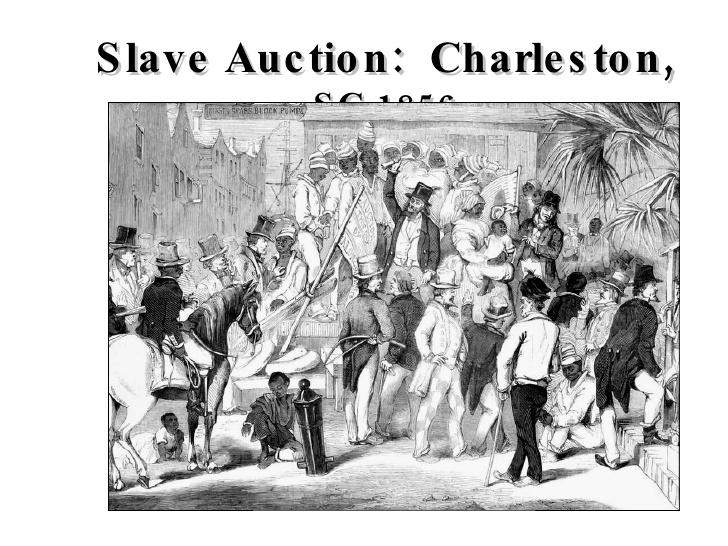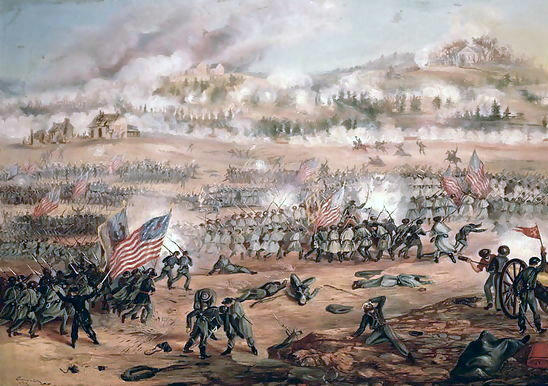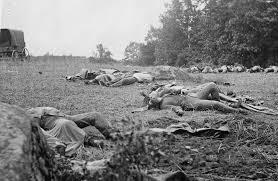Introduction
The civil war is a common feature in the 19th century United States. After the outbreak of the civil war, there was the need to illustrate the suffering of the military, weapons used, as well as battle scenes. Illustrators presented portraits of politicians and military leaders who were in charge of the civil war. Illustrations through pictures were used alongside written texts to reinforce the message into the mind of Americans and the rest of the world.
This paper looks at illustrations that emerged after the outbreak of the American civil war in the 19th century as well as the contribution of breakthroughs in printing. The history of illustration came into prominence through the need to tell American Civil War stories to the public. The underlying argument of this paper is that illustrations were used to shape the opinion of the public towards the support of the American civil war.
Plate Making and Printing
Inventions such as the introduction of Halftone engraving were critical in the history of illustration. Halftone engraving was critical as an innovative method for translating tonal pictures, thereby enabling artists to achieve faithful reproduction of paintings and pictures. The history of illustrations was also made possible through the introduction of a cost-effective, high-speed rotary printing press. Innovations that made it possible to illustrate events ensured that publishers could print a high-quality picture that attracted a larger audience.
Plate making and printing were discovered over five centuries ago. In particular, the history of illustrations cannot be limited to the need to publish civil war pictures to the public. Illustrations were produced based on the learning of artists and craftsmen on the production of pictures as illustrations to tell war stories. Prominent methods for developing illustrations include lithography, hand-made lithographs, chromolithographs, metal plate engravings, etchings, and wood engravings.
In the late 19th century, illustrations were developed based on a new invention known as half-tone prints. Inventions that aided the development of illustrations were used in the 19th century to narrate war stories. When words were not sufficient, the events surrounding the American Civil war were illustrated through pictures.
The American Civil War
The American Civil War took place from 1861 to 1865. During this period, the North American continent engaged in what is described as the largest engagement of arms. The events surrounding the American Civil War have been illustrated through pictures to show a country in a deep crisis. Without the war, the crisis might not have been resolved, thereby leading to American citizens affected by trauma due to the lack of a solution.
Illustrations in terms of pictures were used by artists to demonstrate feelings of a country affected by divisions in terms of culture. American encountered the challenge of determining the right or wrong culture that shaped the views of society. The civil war, therefore, led to a decision on whether the United States would remain a slave or free.

This illustration was sketched by illustrators who witnessed the sale of slaves. The illustration shows the auctioneer selling slaves in the market in a region called Charleston, S.C. Illustrations on slave trade were used for the purpose of discussion on whether to abolish slave trade. Abolition of the slave trade during the American civil war became a moral issue. The scant exposure of suffering of slaves ensured that the society understands the nature of slavery so that leaders could establish laws the abolish slave trade.
Illustrations in the 19th-century civil war were also used to tell stories about the events that motivated the abolition of slave trade, the civil war, the antebellum, as well as emancipation and reconstruction that began in 1848 to 1876. During this period, the United States was in much distress. Also, population growth was necessitated by arrival if immigrants from Europe and slaves. However, the slave trade had been declared illegal thereby leading to illegal movement of slaves from Africa.

The illustration ‘The Battle of Fredericksburg’ shows how several lives were lost during the American civil war. The battle was crucial for the Army of Northern Virginia who achieved victory. The illustration depicts one of the most disastrous defeats on the Potomac’s.

The battle of Gettysburg is an example of how illustrators presented horrible events in battlefields to remind Americans on how the society had experienced immense challenges during the civil war. Illustrations also enabled Americans to develop a sense of nationality so that they could reclaim freedom from foreigners. The development of major illustration technologies in the 19th century allowed artists to present war stories to publishers so that the society could stay informed.
Conclusion
Breakthrough on printing technologies assisted artists to use pens and ink to develop illustrations. Since the 19th century America is characterized by the American civil war, illustrations during the civil war period were majorly used to present stories about slavery, fight for freedom, and suffering. Illustrations about battlefields enabled American citizens to understand the issues that affected the nation at that time.
Other inventions such as the development of halftone engraving allowed artists to develop a high-quality representation of a painting. Furthermore, the introduction of the rotary printing press in the 19th century enabled publishers to illustrate events when words were not sufficient in explaining slavery trade and the American civil war battles.
Works Cited
Barrington, Candace. “Grieving American Civil War Dead.” European Journal of English Studies 15 (2011): 143–56.
Campion, Susan. “Wallpaper Newspapers of the American Civil War.” Journal of the American Institute for Conservation 34 (1995): 129–40.
Clavin, Matthew J. “American Toussaints: Symbol, Subversion, and the Black Atlantic Tradition in the American Civil War.” Slavery & Abolition 28 (2007): 87–113.
Grow, Matthew. “The Shadow of the Civil War: A Historiography of Civil War Memory.” American Nineteenth Century History 4 (2003): 77–103.
Littlefield, John D. “Reconstructing the Design of the American Civil War Semi-Submersible CSS David.” The Mariner’s Mirror 101 (2015): 410–25.
Schiele, James. “America at Mid-19th Century : Abolition, Civil War, Emancipation, and Reconstruction – An Illustrated Thesis,” (2011). Print